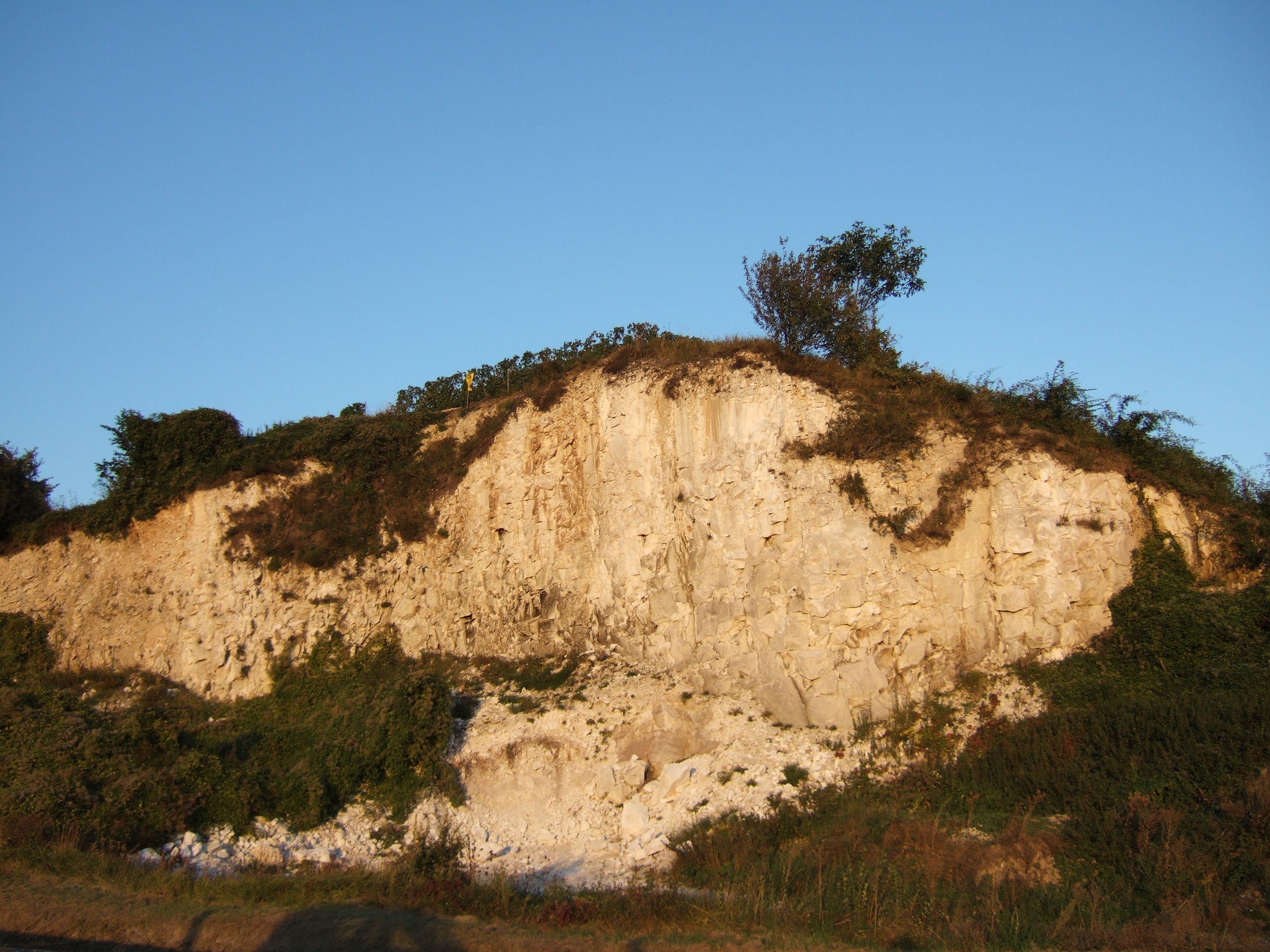
Jacquesson
Represented by Antoine Donnedieu
Founded in 1798, Jacquesson established itself as one of the most important Champagne firms of the 19th century, achieving annual sales of one million bottles by 1867. However, the company went into decline following Adolphe Jacquesson’s death in 1875, and in 1920 it was purchased by a wine broker named Léon de Tassigny, who moved its headquarters to Reims from the original cellars in Châlons-sur-Marne (today known as Châlons-en-Champagne). When the house was purchased in 1974 by the Chiquet family, it was moved to the village of Dizy, where it remains today. Under the hand of Jean Chiquet, Jacquesson developed a portfolio of wines of exceptional quality, establishing a reputation as one of Champagne’s finest houses. Starting in 1988, Jacquesson was managed by Jean’s two sons, Laurent and Jean-Hervé Chiquet, who embarked on an ambitious program to take the house to an even greater level of quality. In 2022, the house was purchased by the Artémis Group.
What is perhaps most admirable about Jacquesson today is that it was already a highly respected Champagne house, widely considered to be one of the greatest in the region, and yet in the belief that they could do even better, the Chiquet brothers decided recently to radically revamp their entire production, which is not an insubstantial risk. Beginning with the 2000 vintage, they discontinued their non-vintage Perfection Brut, reinterpreting it as the Cuvée No. 728, so named as it represented the 728th blend created in the history of the house. Every subsequent year, a new, numbered cuvée is released: 729, 730, 731 and so forth. The idea of these numbered cuvées is to emphasize the character of the base vintage, blending it with a small percentage of reserve wines for completeness and harmony yet allowing the vintage character to set the tone for the wine each year. This is in a sense antithetical to the traditional concept of a non-vintage champagne, which is blended to create a consistent style of wine from year to year. “We don’t want to make a consistent blend every year,” says Jean-Hervé Chiquet. “We want to make the best possible blend every year.”
In addition, the house has chosen to focus on several specific vineyard sites, placing an emphasis on expressing the terroirs of their most distinctive parcels. The first experiment with this was in the 1995 vintage, when they made 700 bottles of a single-vineyard Blanc de Blancs from Corne Bautray in Dizy. They followed this up next year with the 1996 Vauzelle Terme in Aÿ, which was 100-percent Pinot Noir, and were so pleased with the results that they decided to continue this further. “We felt that if these wines were so good,” says Chiquet, “why not produce them on a regular basis?” Corne Bautray was made again in 2000, and in 2002 they made both Corne Bautray and Vauzelle Terme, as well as two other single-vineyard wines: a Blanc de Blancs from Champ Caïn in Avize and a Saignée rosé from Terres Rouges in Dizy.
The Chiquets have also continued to refine the way that they work in the vineyards and in the cellar. The house owns 20 hectares of vines in the Grand Vallée de la Marne, in the villages of Dizy, Hautvillers, Aÿ and Mareuil-sur-Aÿ, and 11 hectares in Avize and Oiry in the Côte des Blancs. In the past, villages such as Verzenay and Chouilly were important sources for the house, but today they purchase the equivalent of 11 hectares of grapes, exclusively from villages in which they also own vines. The vineyard work is increasingly focused on environmentally-friendly methods, with the widespread planting of cover crops and a minimum of chemical treatments employed. All of the vineyard parcels are pressed and fermented separately, and while there may be a few small parcels of the same character that are blended together for reasons of scale, in general they are all vinified and aged separately.
Prior to 2008, about 70 percent of the wines were fermented in large oak foudres, but the purchase of additional casks in 2008 increased this to 90 percent, and the goal is to eventually carry out all of the fermentation in wood. “The wine gains complexity and structure [in foudre], and the aromas are expanded,” says Chiquet. “But the problem is that foudres take up a lot of space.” The malolactic is always completed, and the wines stay on their lees for four months, with regular stirring; there is only one racking, just before bottling, and the wines are bottled without filtration or cold-stabilization, and usually also without fining.
Information courtesy of Peter Liem's ChampagneGuide.net ©
